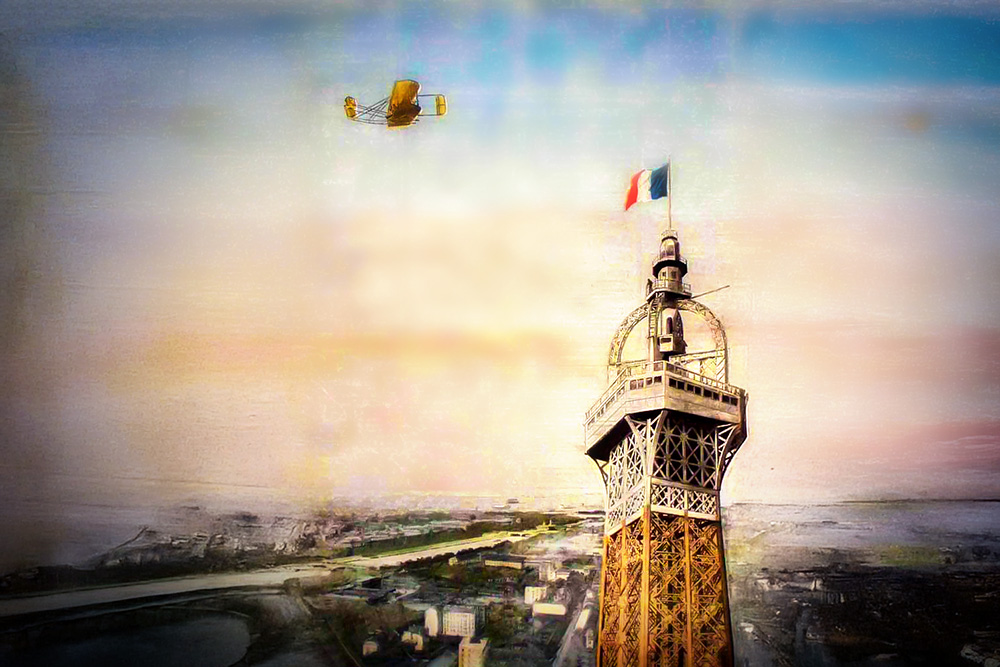The Eiffel Tower was saved—but it was a close call!
Few people know this beloved Parisian icon was once on the brink of destruction.
Built as a temporary exhibit for the 1889 World’s Fair, the tower was never meant to stand for long.
Gustave Eiffel had been granted a concession allowing the tower to stay in place for just 20 years.
The contract would end in 1909, and the plan was simple: dismantle the structure and return the land to the City of Paris.
But why wasn’t it torn down?
What happened that led to the Eiffel Tower’s narrow escape from demolition?
The fate of the tower hung by a thread, and it took more than just luck to save it.
What could possibly have turned things around at the last minute?
This article will reveal the surprising events that ultimately spared the Eiffel Tower from vanishing forever.
Stay with us to uncover the twists and turns in how this engineering masterpiece was preserved for future generations!
The Eiffel Tower: a giant Meccano
The fact that the Eiffel Tower looks like a giant Meccano is no stranger to that.
Indeed, the original contest rules specified that the tower should be easily disassembled.

This explains a number of rumours, including the secret plan the Mayor of Montreal had in mind for the Montreal World Fair in 1967.
In 1963, mayor Jean Drapeau wished to include the Eiffel Tower in Expo 67 and apparently convinced President Charles de Gaulle of the secret plan.

The Eiffel Tower would have been dismantled and moved piece by piece on a boat to Canada before being reassembled in the heart of Montreal.
The project did not take place not only because the company that managed the Eiffel Tower feared it would never return to Paris but also because the official request to the French government had fallen on deaf ears.
But let’s come back to 1909.
How the Eiffel Tower was saved?
The clock is ticking for Gustave Eiffel’s tower.
Aware of the risk of demolition, Gustave Eiffel had imagined from the beginning that the tower could be useful in supporting scientific advances.
Being a symbol of progress was not enough to save the tower.
That’s why Gustave Eiffel multiplied experiments that he chose to fund in part.
Science would justify the need to keep the tower in place!
Science to the rescue!
As soon as 1889, he authorised Eleuthère Mascart, director of the French National Meteorological Service, to set up a little weather observation station.
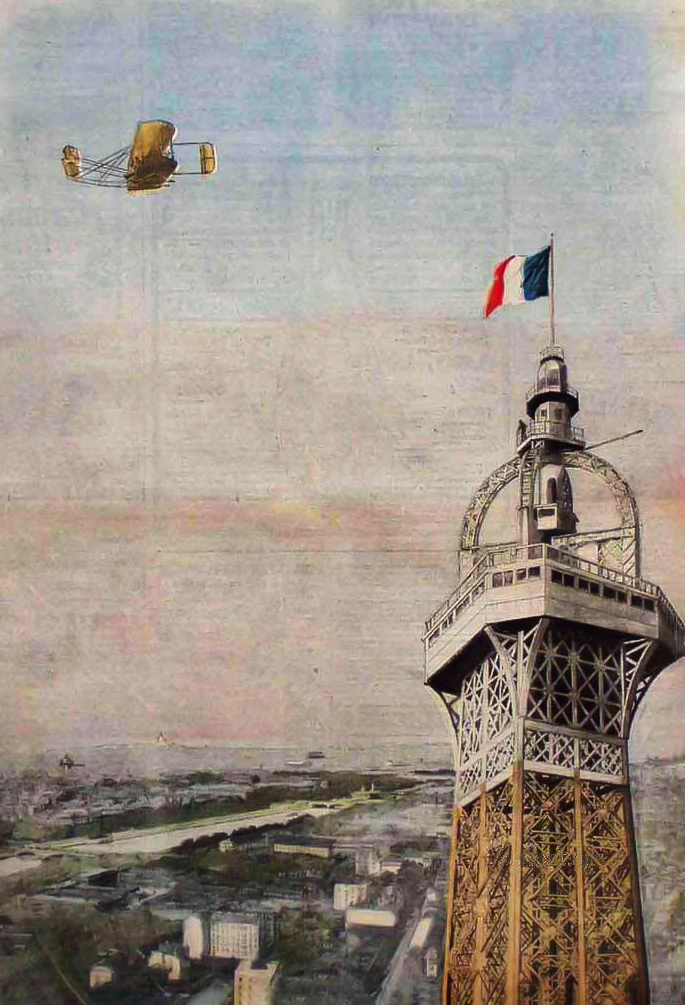
In 1910, German physicist Theodor Wulf measured radiant energy at the top and bottom of the tower.
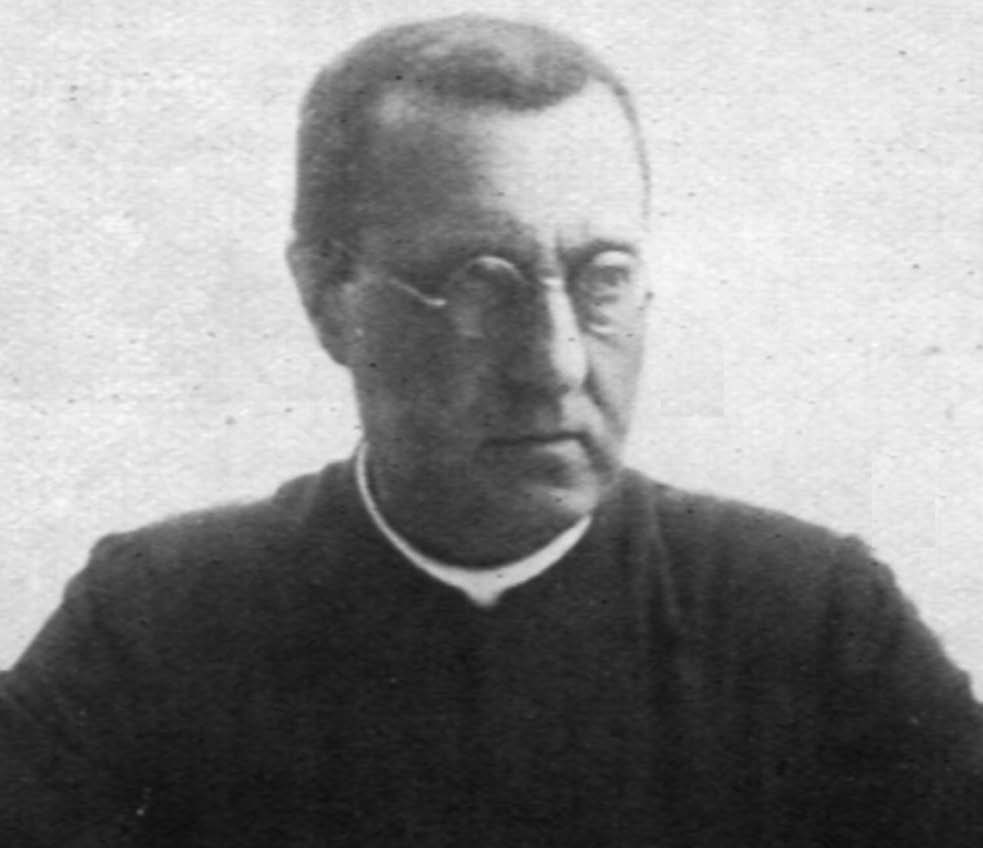
He found more than he expected, incidentally discovering the existence of cosmic rays.
However, it is the sudden demand for a suitable platform for radio purposes that saved the tower from demolition.
In the 1890s, a new technique in signal transmission emerged.
In French, it was called wireless telegraphy or TSF (transmission sans fil).
On November 5, 1898, Eugène Ducretet established the very first radio contact in Morse code between the Eiffel Tower and the Pantheon, four kilometres away.

A year later, radio transmission was enabled between the Eiffel Tower and London.
This was when military authorities became interested in the newly emerging radio transmission technology.
In 1903, Eiffel put the Tower at the disposition of engineer and officer Gustave Ferrié and financed the installation of an antenna stand at the tower’s summit linked by a cable to the Champ de Mars below.

The following year, Ferrié succeeded in establishing communication with eastern France 400 kilometres away and then with the French naval base at Bizerte in Tunisia.
In 1908, he reached out to a 6,000-kilometre range.

In 1909, a permanent station was built underneath the Champ de Mars.
The Eiffel Tower became a strategic location as a transmitter and receiver for radio broadcasts.

The Eiffel Tower was saved.
Gustave Eiffel was granted an extension to his concession for another 70 years, starting on January 1, 1910.
The Eiffel Tower during WWI
Interestingly, the Eiffel Tower would become very useful during the First World War.
It’s from the Tower’s summit that many German messages were intercepted.
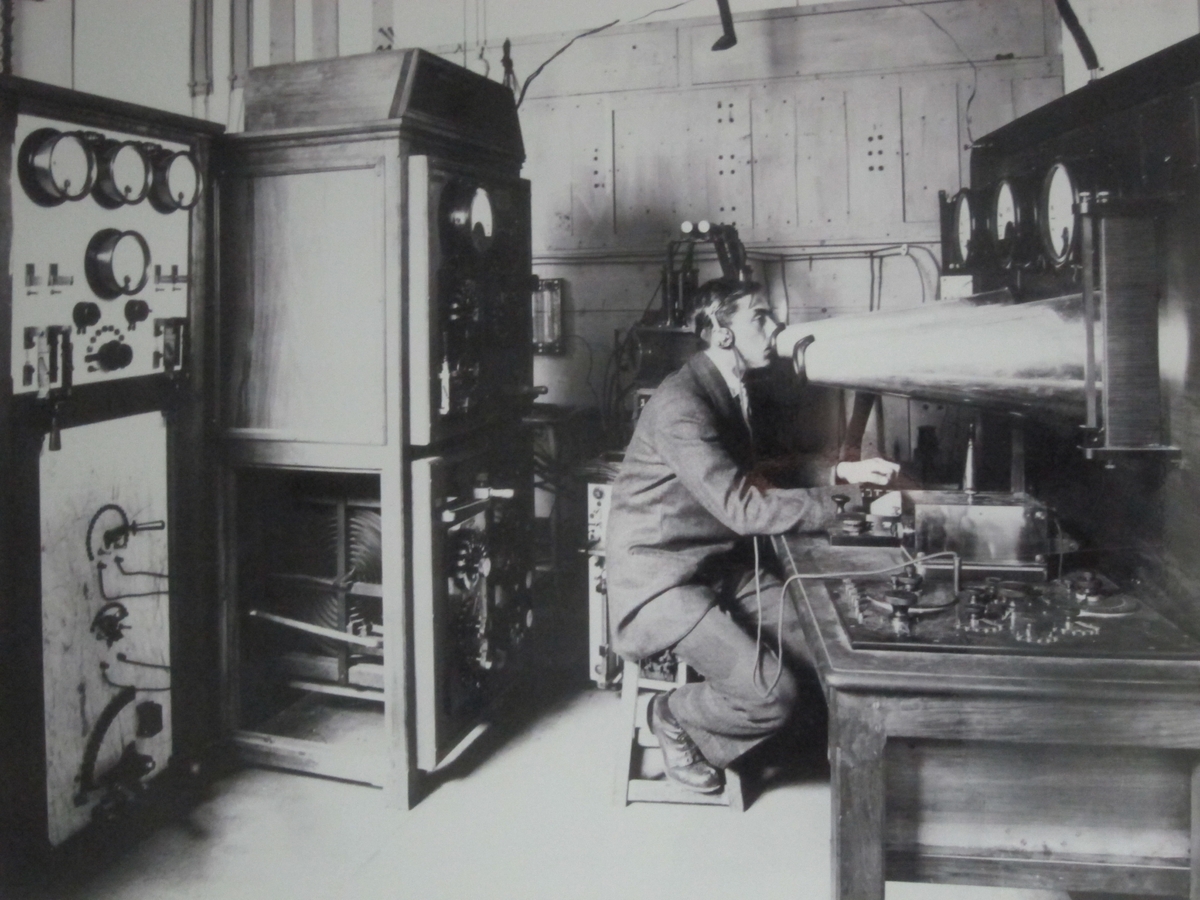
The first messages in 1914 seriously hindered the German advance on Paris and contributed to the Allied victory at the First Battle of the Marne.
Indeed, in 1914, during the Battle of the Marne, the Tower’s radiotelegraphic station learnt that General von der Marwitz, Commander of the German Army, was facing difficulties and halting his advance.

This crucial information enabled the French army to organise a victorious counterattack involving the famous Taxis de la Marne.
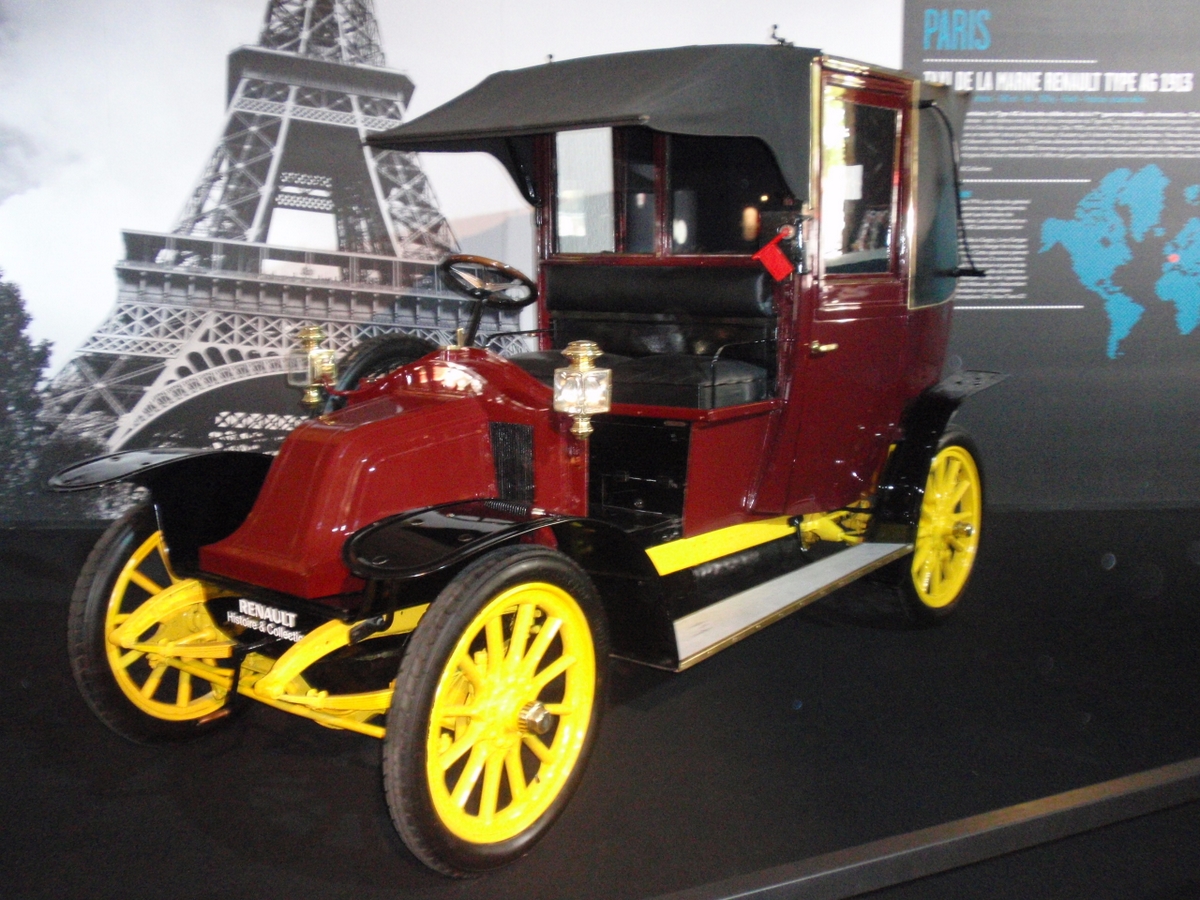
In March 1918, Georges Painvin intercepted a coded message and deciphered it over three days of hard work.

Its contents contributed to avoiding the German attack, eventually changing the course of the war and leading to the Allies’ decisive victory.
The advent of television
In the late 1920s, the beginning of television in France took place at the Eiffel Tower, where the first test was conducted to transmit animated images over a long distance.
The General Television Company was created in 1931, and an emitter was installed at the top of the tower in 1935.
It is clear that, on the eve of the Second World War, the idea of the tower’s demolition was no longer relevant.

Read more about the Eiffel Tower in French on our blog Mon Grand-Est!

